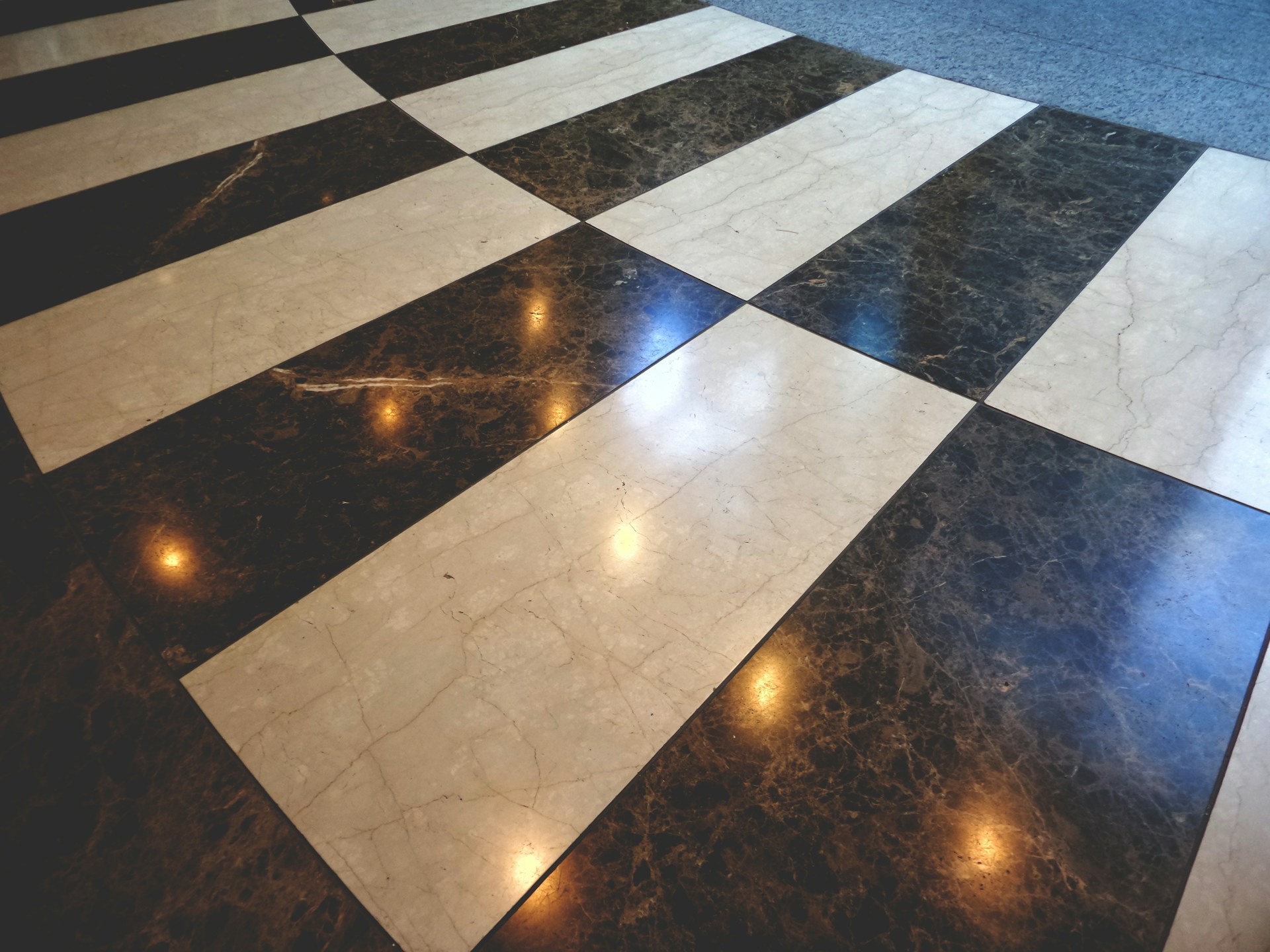Choosing the perfect indoor tiles for your home can make a huge difference. Tiles affect how rooms look and feel. They come in many styles, materials, and colours. Picking the right ones might seem tough, but it’s worth it.
Let’s break it down step by step. First, think about the space where you need tiles. A kitchen might need different tiles than a bathroom or living room. Next, consider your style. Are you into modern looks, or do you prefer something classic? The choices you make will help create a space that feels just right.
Also, consider how strong the tiles need to be. Some tiles are better for high traffic areas, while others might be best for places where they won’t get much wear and tear. And don’t forget about keeping them clean. Some tiles are easier to clean than others, which can save you time and effort in the long run.
Each choice you make, from the type of tile and its finish to how it’s laid out, will impact your home. Follow along as we guide you through finding the perfect tiles for your indoor spaces.
What to Consider When Choosing Indoor Tiles
Understanding Your Space: Room Size and Function
Different rooms need different types of tiles. For example, bathroom tiles need to handle moisture, while kitchen tiles should be strong enough to face constant movement and spills. Think about what each room is used for. In a small bathroom, light-coloured tiles can make the space feel bigger. In larger living rooms, bigger tiles reduce the number of grout lines, giving a cleaner look.
Matching Tiles to Your Home’s Style
Tiles come in many styles, from modern to traditional. Picking the right style is important. Look at the current decor in your home. If you have a modern home, sleek, glossy tiles might look best. For a more rustic look, consider natural stone or textured tiles. Think about the colours and designs that will match your furniture and walls.
Durability and Tile Material Options
Some tiles are more durable than others. Porcelain tiles are very strong and can handle heavy use, making them great for busy areas. Ceramic tiles are less expensive but might not last as long. Natural stone tiles look beautiful but require more care. Consider how much wear and tear the tiles will face and choose a material that can handle it.
Tile Maintenance and Cleaning Needs
No one likes spending hours cleaning floors. Some tiles are easier to clean than others. Glossy tiles show smudges and need frequent cleaning, while matte tiles hide dirt better. Porcelain and ceramic tiles are low-maintenance and easy to clean. Natural stone tiles need special cleaners and regular sealing. Think about how much time you’re willing to spend on maintenance before picking your tiles.
Types of Indoor Tiles and Their Best Uses
Porcelain Tiles: Versatility and Strength
Porcelain tiles are a top choice for their strength and versatility. They resist water, making them perfect for bathrooms and kitchens. These tiles can mimic the look of stone or wood, giving you high-end style without the maintenance. They’re also great for high-traffic areas because they’re hard to scratch and keep in good shape for years.
Ceramic Tiles: Budget-Friendly Options
Ceramic tiles are a great option if you’re on a budget. They come in many colours and designs. Although not as durable as porcelain, they’re still strong enough for most indoor uses. They work well in places with less traffic like bedrooms or laundry rooms. Ceramic tiles are easy to cut, making them a good choice for DIY projects.
Mosaic Tiles: Adding Artistic Flair
Mosaic tiles are small tiles arranged in patterns. They’re often used as accents in bathrooms or kitchens. You can get them in various materials like glass, stone, or ceramic. Mosaics let you add a touch of art to your space. They’re perfect for backsplashes or shower floors where you want to make a big impact with design.
Natural Stone Tiles: Luxury Choices
Natural stone tiles bring a touch of luxury to any room. Marble, granite, and slate are popular choices. Each stone tile is unique, giving your home a custom look. But keep in mind, these tiles require more upkeep. They need to be sealed regularly to keep them looking good. They are best for areas where you want to show off and add value, like entryways or master bathrooms.
Tips for Selecting the Right Tile Finish
Matte vs. Glossy: Pros and Cons
Choosing between matte and glossy tiles depends on your style and needs. Glossy tiles are shiny and reflect light, making rooms look larger and brighter. They are easy to clean but can be slippery when wet. Matte tiles have a dull finish and hide dirt and smudges better, making them ideal for high-traffic areas. They provide better grip but may be harder to clean because of their texture.
Slip-Resistant Tiles for Safety
Safety is important, especially in wet areas like bathrooms and kitchens. Slip-resistant tiles have texture or grit to prevent slipping. They are great for homes with children or elderly folks. Look for tiles that are rated for slip resistance to ensure the best safety. Many tiles now have slip-resistant options without compromising on style.
Textured Tiles for Unique Looks
Textured tiles add depth and interest to any room. They come in various patterns and can mimic natural materials like wood or stone. Use textured tiles to create a feature wall or add a unique touch to floors. They can be used in both modern and traditional homes. Textured tiles also help hide dirt and wear better than smooth tiles.
How to Measure and Plan Your Tile Layout
Calculating the Right Amount of Tiles
Start by measuring the space you want to tile. Measure the length and width, then multiply these numbers to get the area in square metres. Always add 10% to your total to account for cuts and mistakes. This ensures you have enough tiles to complete the job without running out.
Tips for Creating Tile Patterns
Patterns can add style to your tile project. Common patterns include straight rows, diagonal, or herringbone. Use graph paper to sketch out your plan. Think about how the pattern will look and where you might need to cut tiles. Patterns can make small spaces look larger or add visual interest to plain areas.
Ensuring Seamless Installation: Working with Professionals or DIY
Decide if you want to install the tiles yourself or hire a professional. DIY projects can save money but require careful planning and skill. Make sure you have the right tools and materials. Professionals bring experience and can complete the job faster and with fewer mistakes. Consider your budget and comfort level before making a decision.
Conclusion
Picking the perfect indoor tiles involves many factors, from understanding your space to choosing the right finish and layout. Each decision impacts the final look and feel of your home. With the right knowledge, you can make informed choices that fit your style, budget, and needs.
Whether you’re looking for durable porcelain tiles or stylish mosaics, getting the measurements and planning the layout correctly ensures a smooth installation. Textured tiles add character, while slip-resistant options enhance safety. Balancing aesthetics with functionality is key to achieving a result you’ll love.
Ready to get started on your tiling project? Visit DB Tiles and Bathrooms to explore a wide range of indoor tiles and expert advice to help you choose the best tiles for your home. Transform your space today!


